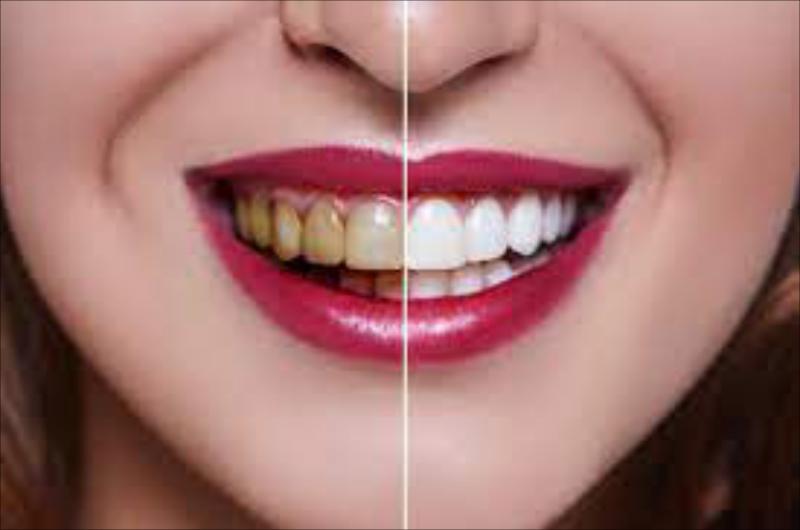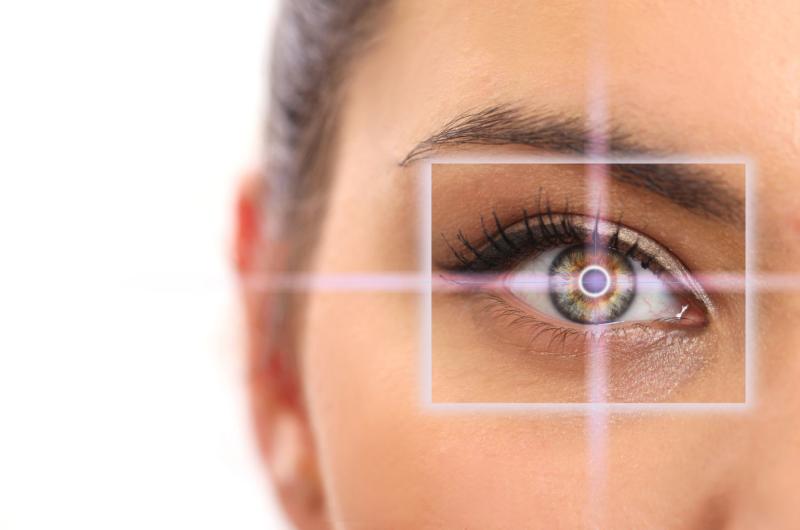About Treatment
Often the best solution to corneal problems is cornea transplant.
During the operation, surgeon removes the affected area of the corneal tissue, which is then replaced with healthy corneal tissue from the donor eye.
Cornea transplants are highly effective and are performed annually around the world for tens of thousands of patients. According to official figures, this is the most common operation for organ transplantations.
Before surgery
If patient has eye pathologies that can interfere with the successful conduct of keratoplasty, it is necessary to first treat them. Then patient undergoes detailed medical examination to identify contraindications to the operation. When collecting an anamnesis, the doctor is always interested in the drugs taken, since some of them may have to be temporarily canceled or significantly reduced in order to prevent bleeding and other operational complications.
A few days before the planned corneal transplant, patient begins to instill drops with antibacterial action into the affected eye. On the eve of the intervention, surgeon recommends that patient refrains from eating and drinking from a certain time in order to better endure the anesthesia. Usually, the night before the operation, the last meal should take place before midnight, and in the morning on the day of the operation, no more than ½ glass of water or tea is allowed.
Cornea transplant operation
A patient is placed on the operating table with an intravenous drip during the operation. To prevent involuntary blinking, surgeon uses a special eyelid dilator. At discretion of surgeon, local anesthesia with the use of an anesthetic can be performed, or general anesthesia can be given. The choice of the method of anesthesia during corneal transplantation is mainly influenced by the following factors: patient's age, general health, the volume of the proposed intervention, etc. In any case, both local anesthesia and general anesthesia guarantee complete painlessness of the process.
Since the operation of corneal transplantation of the eye requires special precision during surgical procedures, all actions of surgeon are carried out using an operating microscope.
The first stage of the operation is the determination by surgeon of the diameter of the corneal tissue to be removed. Then, using a special trephine and other surgical instruments, the affected part of the cornea in the form of a circle is removed. In its place, a fragment of the donor's cornea of an appropriate size is placed. At the last stage of the operation, the donor tissue is sutured to the remaining peripheral part of the patient's cornea using a very thin synthetic suture material.
Surgeon checks the shape of the newly created corneal lens for possible irregularities with a special instrument - a keratoscope, which is designed to assess the corneal surface. Based on the results of the revision, surgeon may decide to change the degree of tension of the sutures to align the shape of the cornea. At the end of the operation, patient is injected dexamethasone to quickly relieve inflammation in the surgical wound.
-
Operation Duration
An hour
-
Vision Recovery
Several months
Keratoplasty is recommended for the treatment of infectious and dystrophic lesions of the cornea, as well as its injuries. This operation is especially often prescribed in the following cases:
Bullous keratopathy with corneal edema and progressive dystrophic process.
Corneal ulcers of bacterial, fungal, viral or parasitic etiology.
Fuchs dystrophy.
Extensive injuries and chemical burns of the cornea.
Corneal scars.
After cornea transplant surgery, the operated eye is covered with a soft sterile bandage, which is recommended not to be removed for 4-5 weeks. Patient receives exact recommendations from the attending physician before leaving home.
In the postoperative period, patient is advised to limit touching the operated eye and completely eliminate external pressure. To relieve possible pain and inflammation, as well as to speed up the healing processes of tissues and prevent rejection of the donor cornea, surgeon prescribes several drugs - eye drops, gels or ointments. These drugs must be used every day, with the frequency and duration recommended by the attending physician. In most cases, drops and ointments are prescribed for a period of no more than 2 months.
Since the formation of a scar on the avascular cornea continues for a rather long time, the risk of divergence of the superimposed sutures will persist for many months. Because of this circumstance, the eye requires increased attention and especially careful attitude. Trauma and heavy physical activity must be completely excluded. After cornea transplant, the sutures are removed after 8-12 months.
Although the overwhelming majority of corneal transplants are successful, there is still a certain amount of risk, as with any surgical procedure. Experts refer to such risks: the risk of bleeding, infection, complications of anesthesia, rupture of seams. Since a large area of the eyeball is exposed during the operation, there is a risk of postoperative leakage of eye fluid outward. An abnormal drop or increase in intraocular pressure, the development of retinal detachment, cataracts and glaucoma are possible. However, in practice, such problems rarely occur.
The most common complication of corneal transplantation is the rejection of the donor graft as a response of patient's immune system to the presence of foreign tissue. This complication is manifested, in particular, by intense, persistent hyperemia of the eye and clouding of the transplanted cornea. After modern keratoplasty operations, this complication develops in about 20% of cases. Most of them are removed with medications in the early stages.
Overall, at least 90% of corneal transplant operations are successful. Most patients note a significant improvement in vision after surgery, although myopia and astigmatism often develop. In the future, this requires spectacle correction or laser correction surgery to achieve maximum visual acuity in the long term. Typically, after a corneal transplant, vision recovery occurs gradually over several months.











